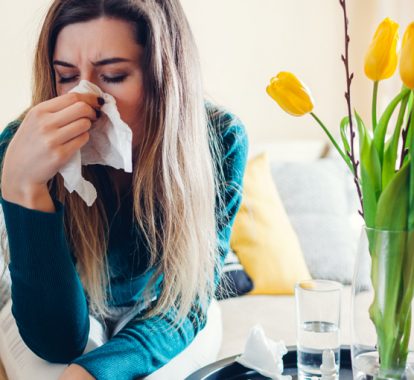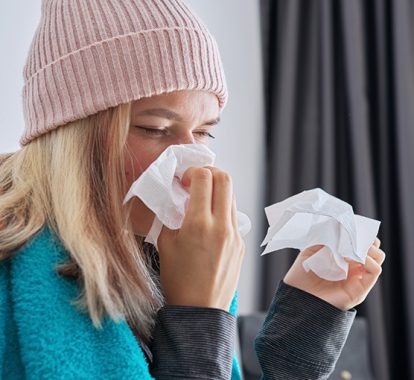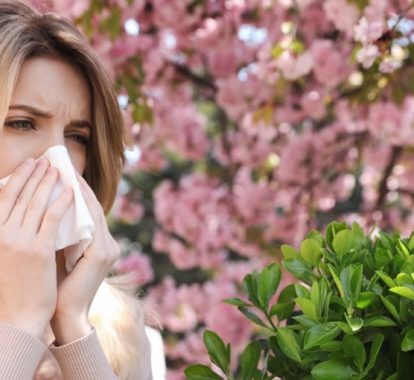Symptoms and Remedies for Cedar Fever
January 17, 2020
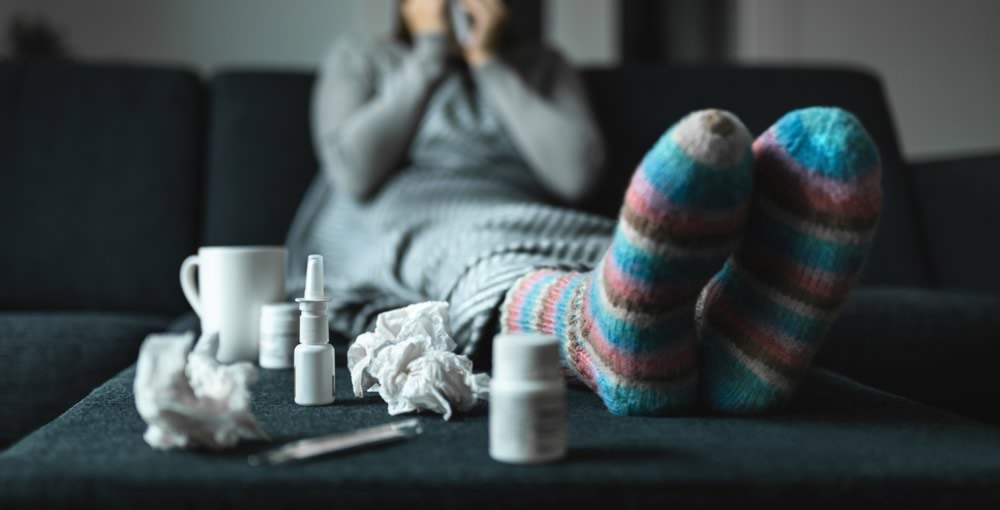
As ironic as it sounds, cedar fever does not actually produce a fever. In fact, cedar fever is a seasonal allergy brought on by an allergic reaction to the pollen from mountain cedar trees. Mountain cedar grows naturally and is the most allergenic tree in Central Texas.
Cedar Fever Symptoms
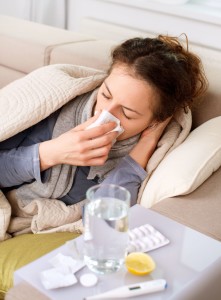
An allergic reaction to mountain cedar causes many symptoms that aggravate those affected. A few of those symptoms include runny nose, itchy and watery eyes, nasal blockage and sneezing. Some suffers also complain of fatigue, mild headache, facial discomfort, sore throat, partial loss of smell and the sensation of ear plugging. Cedar fever is a seasonal illness that affects people during pollination. While cedar fever doesn’t actually cause a fever, the inflammation triggered by the allergic reaction may slightly raise your temperature.
The small, light pollen granules can travel hundreds of miles, causing the pollen to spread and be inhaled by allergy sufferers. After pollen inhalation occurs, the allergic reaction begins to affect an individual. In general, allergies are caused by an oversensitive immune system that increases the immune response to protect the body. Typically this necessary immune response protects against harmful chemicals, bacteria and viruses, but in the case of an allergic reaction the immune response is actually unnecessary.
Cedar allergies affect many people from November through March, but the heaviest times of pollination occur in December, January and February. While most people can’t hide from the pollen completely, there are steps you can take to minimize your exposure even when you are indoors.
Indoor Remedies
- Keep your doors and windows closed. Run the air conditioner when the pollen is extremely high.
- Change your air conditioning filter often. You may want to use a HEPA (high efficiency particulate air) filter to help filtrate the pollen even more.
- Dust your home with a damp cloth, and vacuum carpets with a vacuum equipped with a HEPA filter each week.
- Take a shower and change your clothes after being outdoors for a long period of time. This will protect you from pollen that lands on your clothes and in your hair.
- Bathe pets often, even if they live indoors.
- Eliminate cedar trees in your yard by replacing them with good hardwoods like elm, ash, or oak.
OTC Remedies
- Over-the-counter antihistamines or decongestants in pill, spray or eye drop form may help control symptoms.
- Nasal irrigation is a drug-free remedy, a commercial squeeze bottle, bulb syringe or neti pot can be used to pour saline solution into the nasal passages and wash out the allergens and excess mucus. To fill a syringe or neti pot, patients should mix two cups of sterilized warm water with ¼ teaspoon of salt.
Prescription Remedies
- For those with more persistent allergy symptoms, prescription formulas of OTC drugs last longer and may be more effective.
- Doctors can also prescribe oral or nasal corticosteroids and anti-inflammatory drugs.
Take allergy medicines exactly as prescribed. If you know cedar will be a problem for you each winter, see your doctor in early fall to update your treatment plan and stock up on prescription allergy medications.
A long-range series of allergy shots may also be prescribed if other remedies do not provide relief.
Regardless of your allergy regimen, cedar fever is a seasonal allergy and sooner than later the irritants that plaque you will be gone for a while and mother nature will provide a bit of relief.
Headed to the store for allergy relief?
Click on the medications below for coupons! Claritin, Allegra, Benadryl, Nasonex


